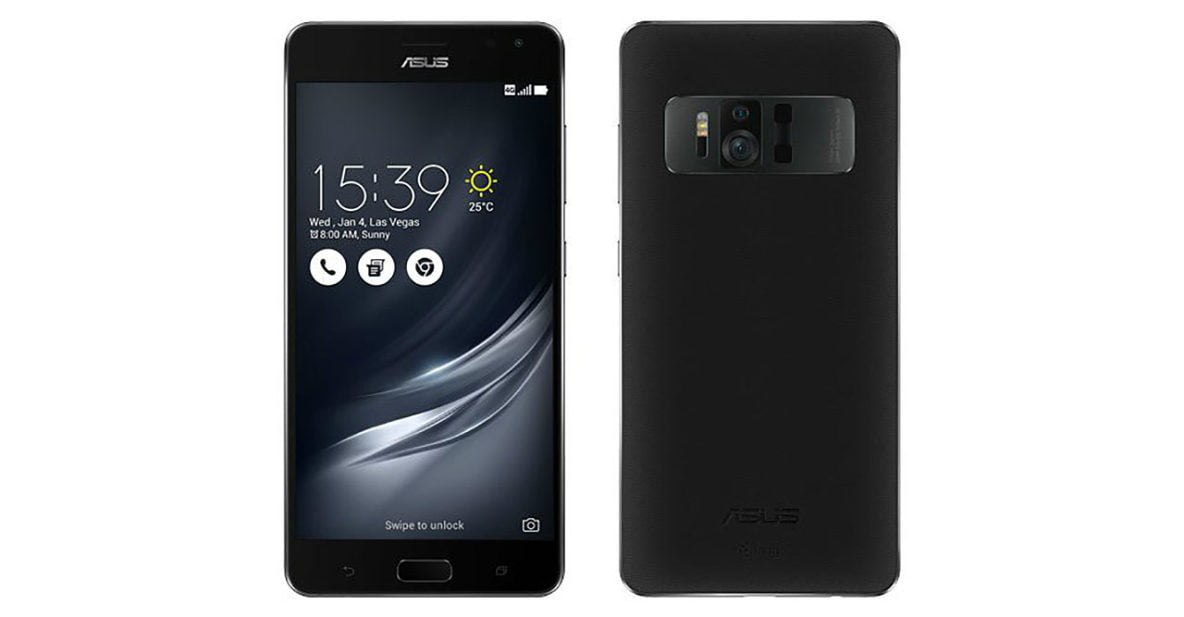This was preemptively revealed by Qualcomm in a blog post that has already been deleted as of posting time. Even better, VentureBeat mobile reporter Evan Blass, whose leaks have usually been spot on, posted a render of the handset’s front and back on Twitter.
The ASUS ZenFone AR will reportedly be the second commercially available Google Tango-enabled phone after the Lenovo Phab 2 Pro. But unlike the Snapdragon 625-powered Lenovo device, the AR features the higher-end Snapdragon 821 chip. We would have wanted to see it with the soon-to-be-launched Snapdragon 835 because 2017 flagships will most likely carry the processor. But that doesn’t make the 821 any less powerful than it is, as demonstrated by outstanding smartphones such as the Google Pixel and the OnePlus 3T.
SEE ALSO: 10 smartphones powered by Qualcomm Snapdragon 821
Tango, of course, is Google’s technology platform that combines hardware and software to bring 3D environmental sensing to Android devices. Think “next-level augmented reality.” In Google words: “Tango lets you see more of your world. Just hold up your phone, and watch as virtual objects and information appear on top of your surroundings. So no matter where you are, there’s always a richer, deeper experience to engage with, explore and enjoy.”
Interestingly, the ASUS ZenFone AR is said to be Daydream-ready as well. Daydream is another Google platform — this time for virtual reality — developed for Android Nougat.
This will make the yet-to-be-offically-announced device the first smartphone to support Tango and Daydream.
Interestingly, the yet-to-be-officially-announced ASUS ZenFone AR will be the first smartphone to support Google’s Tango and Daydream.
There’s still no word on other features, pricing, and availability, but with ASUS’ press conference slated for January 4 (January 5 in the Philippines), it shouldn’t be too long before we get the full details of the ZenFone AR.
Video you may want to watch: ASUS ZenFone 3 drop test
Share this Post



